If you were paying attention to our best foldable phones list this year, you may have noticed something odd. Our No. 1 choice, the OnePlus Open, has held that spot for over a whole year — a rare sight in a market as fast-moving as smartphones. And especially when some of the biggest names in phones launched brand-new devices this year.
Some of those brands have reasonable excuses for not toppling OnePlus. Honor, Oppo and Xiaomi don't sell in the U.S., for example. But Samsung does, and with the Galaxy Z Fold 6 proving good but not good enough to dethrone OnePlus, it's confirmed something I've thought for a while: Samsung's grip on the foldables market is slipping.
In fact, a recent report out of Korea says that Samsung may be slashing production on the upcoming Galaxy Z Fold 7 and Galaxy Z Flip 7 by as much as 39% percent due to lukewarm demand.
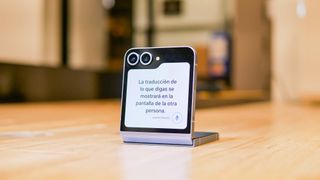
Just five years ago, Samsung effectively introduced the world to the foldable phone (ignoring the Royole Flexpai that barely beat it to market and now no longer exists) with the Galaxy Fold. Anyone who was paying attention at the time will remember that this phone suffered from some major issues, but that didn't stop Samsung from establishing itself as the foldable phone brand for the U.S. and Europe. The following years only reinforced that, with the Galaxy Z Fold 2 and onwards helping iron out the original Fold's issues, and the Galaxy Z Flip series appearing to offer similar technology in a cheaper and more pocket-friendly format.
But over the past couple of years, more foldables from other brands have entered the ring, and slowly matched and surpassed the standard set by Samsung. Samsung was protected for some time by many brands not selling phones in its biggest western markets, but with the Google Pixel Fold last year, the Pixel 9 Pro Fold this year, and especially the arrival of the OnePlus Open, that advantage has disappeared. But it happened without Samsung producing any noticeable duds, and while slowly but surely improving its foldable products. So what's gone wrong?
Clashing priorities

If I were to zoom in on a possible cause for Samsung's foldable issues, it's because the Galaxy S series exists, in particular the top-tier Ultra models. Samsung has one of the largest smartphone portfolios of any brand out there, but its Galaxy S phones are its pride and joy, seeing significant numbers of sales and acting as one of the company's halo products. So it's understandable that Samsung wouldn't want to overlap the Galaxy S and Galaxy Z Fold series' abilities too much, for fear of rubbing some of the shine off of the Galaxy S.
Companies like Google, Honor, Huawei, Xiaomi, and OnePlus are all pursuing roughly the same goal of a flagship phone that folds, using normal-sized cover screens and similar if not identical camera optics to their best non-folding phones. But for Samsung, a foldable seems to have been internally defined as an entirely separate thing from a typical flagship phone like the Galaxy S24 Ultra. This might explain why the S24 Ultra gets far better cameras than the Z Fold series has ever used, with the Z Fold also keeping its tall-and-narrow design to put the focus on its expansive inner display rather than its skinny outer screen.
Granted, there are several similarities, such as chipsets, S Pen compatibility and One UI and Galaxy AI software features. But by effectively making the Galaxy S series more photography-focused, and keeping the price of the Galaxy Z Fold quite a bit higher, Samsung allows both models to coexist in its stables. But I'd argue that differentiation comes at the expense of the Z Fold's quality versus its rivals.
Whether it's for this reason, or some other tactical decision, this is the only way I can rationalize why Samsung hasn't made larger upgrades to things like the Z Fold's cameras for two generations, or the battery size or charging speed for three generations, or why the Z Fold is still bulkier than its competitors despite getting thinner every year. It can't even hold having a water resistance rating over other foldables anymore now other brands have offered the same capability.
In addition, the Z Fold 6's under-display inner selfie camera is more a liability than it is a fun and futuristic exclusive feature. All this has effectively made Samsung foldables an entirely separate breed of foldable compared to its rivals; one that costs more but offers less hardware, counting on users valuing its software features to bridge the gap.
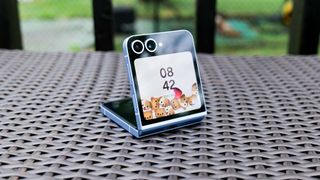
Fortunately for Samsung, the Galaxy Z Flip 6 is faring better, as the competition for flip foldables is still quite limited, and last year's Galaxy Z Flip 5 overhauled the phone significantly. But even this year the Z Flip line was more troubled than usual.
While not a match for the Z Flip 6 in terms of quality of experience, the Nubia Flip 5G cost half as much for users who just wanted a flip-style foldable. Meanwhile, the Motorola Razr Plus 2024, and also the base Razr 2024, took the Z Flip on more directly, expanding on the cover screen's capabilities while still costing less.
The best time to change: years ago, the second best time: now
Samsung could continue chugging along making good but not outstanding foldable phones quite happily, with a big existing user base who are likely to stick with the brand unless it does something particularly egregious to tick them off. But it has the resources to make huge leaps if it has the will to do so. And the inspiration it needs is right in front of it in the form of other recent foldable phones.
It'll likely be another six months or so before we get a hint of what's presumably going to be the Galaxy Z Fold/Flip 7 series launching. And while there are rumors of a Samsung triple foldable coming next year, the leak-o-sphere's been too quiet to make that still feel likely.
On the positive side, the Z Fold 7 has been tipped to be thinner with larger displays, which are two elements the phone desperately needs to improve. But more is needed to help bolster the next Z Fold's chances of being a No. 1 foldable again.
Phone companies lose their status as monarch of a particular phone type all the time, only to regain their status when their next model comes out. But with Samsung's latest foldables having failed to re-stake their claim against a phone that's already celebrated its first birthday, this situation feels more dire than usual. I hope that Samsung's taken notice, and is planning a major revamp of its foldables in 2025. Because I don't know how long it can put off a big round of upgrades for the Z Fold and Z Flip without seriously damaging its future chances.
More from Tom's Guide
- 11 iOS 18.2 features to try on your iPhone first — that aren't Apple Intelligence
- FBI warns Apple and Android users to avoid RCS messaging — here's why
- Google Pixel 10 rumored for one of the biggest hardware changes since the Pixel 6
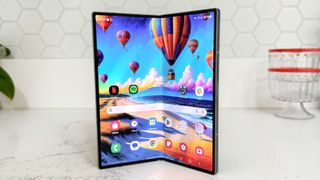

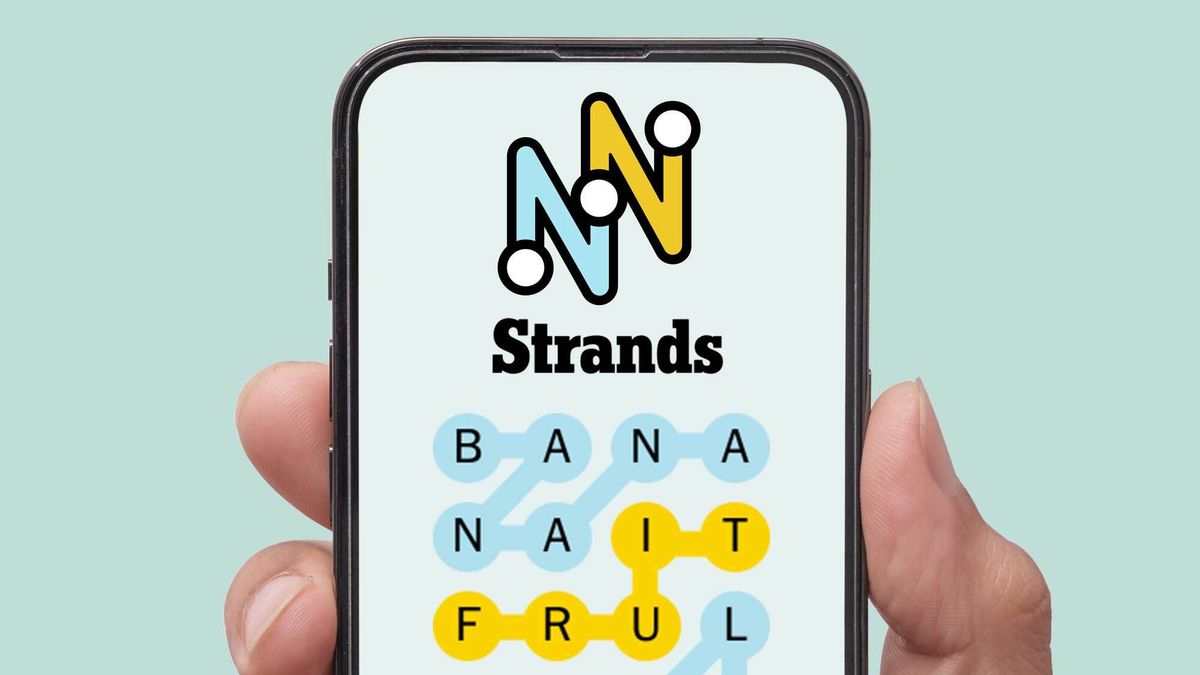



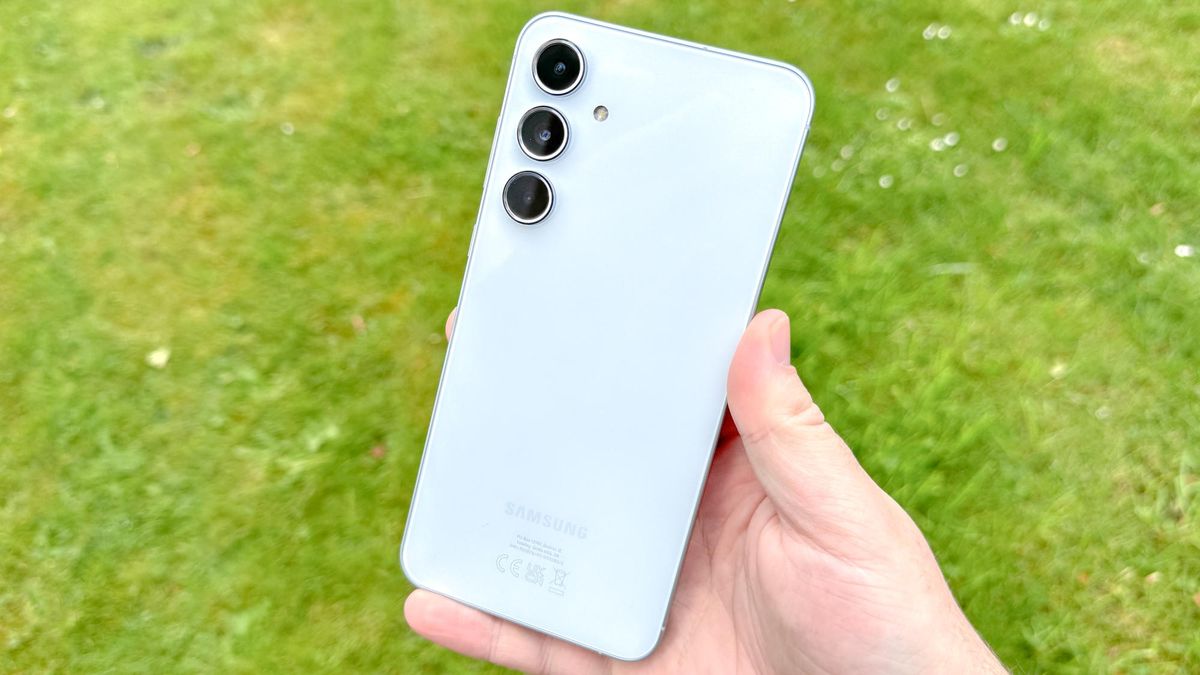


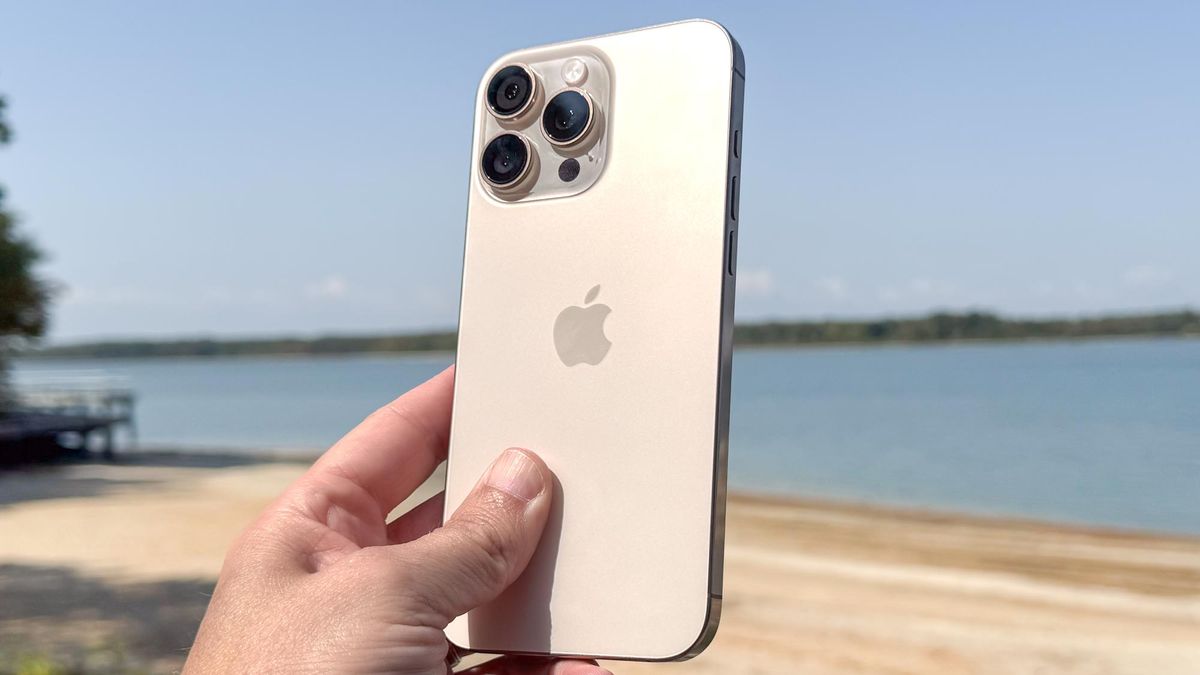



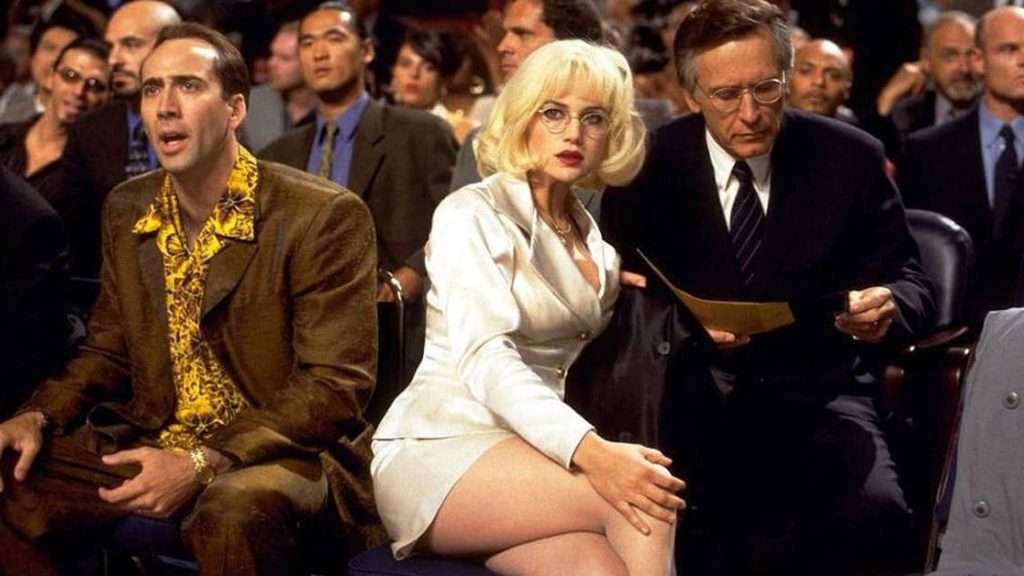



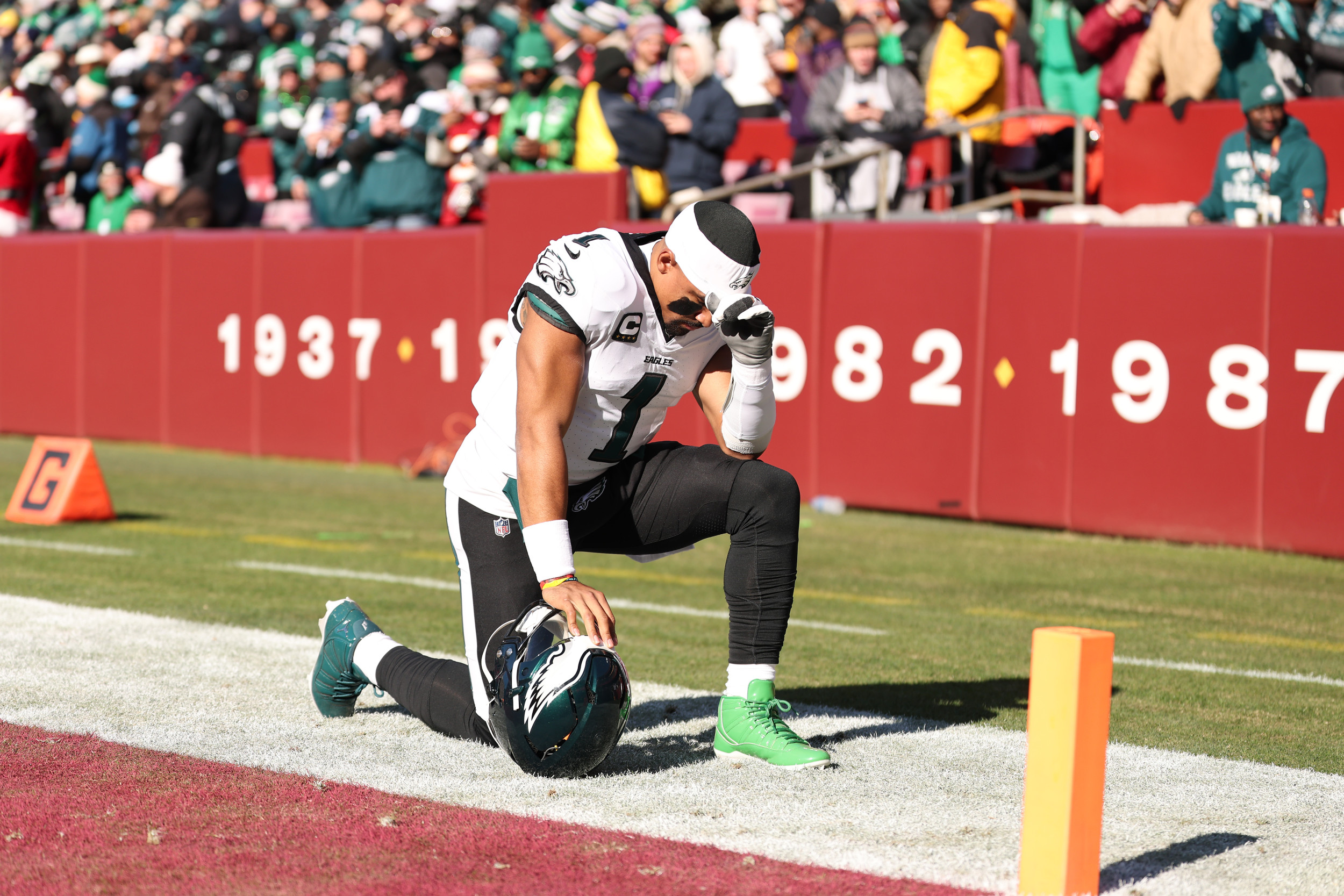



 English (US) ·
English (US) ·